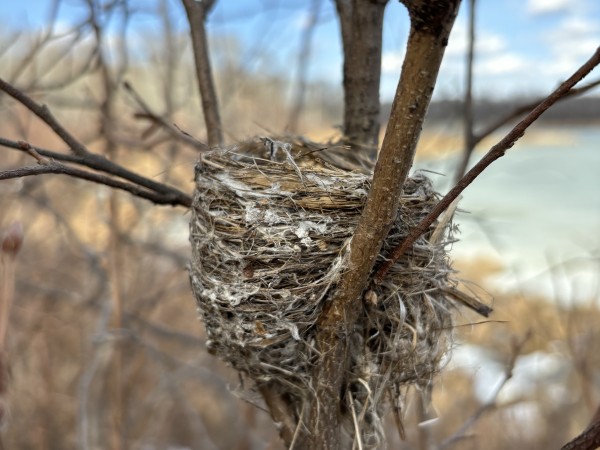
Tracking Through the Seasons
April 28, 2025
One of the most captivating aspects of animal tracking is its dynamic nature—how tracks, sign, and landscapes morph…

April 28, 2025
One of the most captivating aspects of animal tracking is its dynamic nature—how tracks, sign, and landscapes morph…
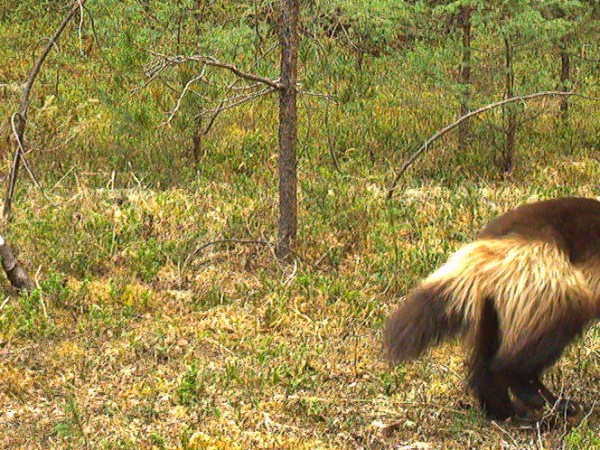
March 20, 2025
Both a scavenger and a predator, the wolverine (Gulo gulo) is a member of the mustelid family that…

December 6, 2024
The social relationship coyotes have with humans is unique and interesting, but so are the interactions that coyotes have with each other, especially when it comes to coyote families and kin recognition.
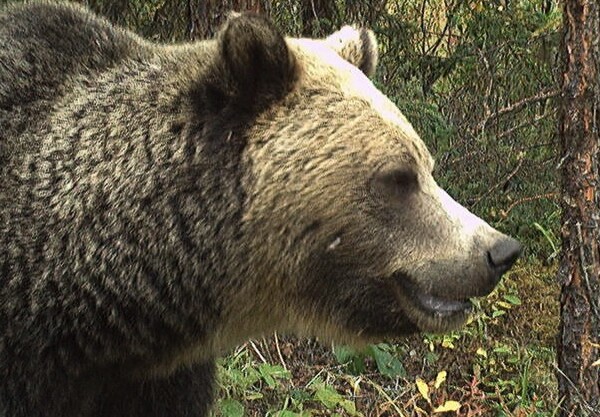
September 4, 2024
Grizzly bears (Ursus arctos) and black bears (Ursus americanus) are two species of bears found commonly around the north and west areas of Canada. They can sometimes be hard to tell apart.
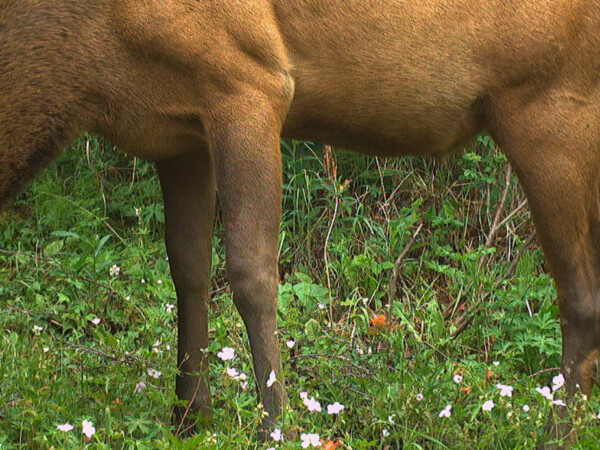
July 2, 2024
“Wapiti” and “elk” are two of the names bestowed upon Cervus canadensis, the second largest species in the…
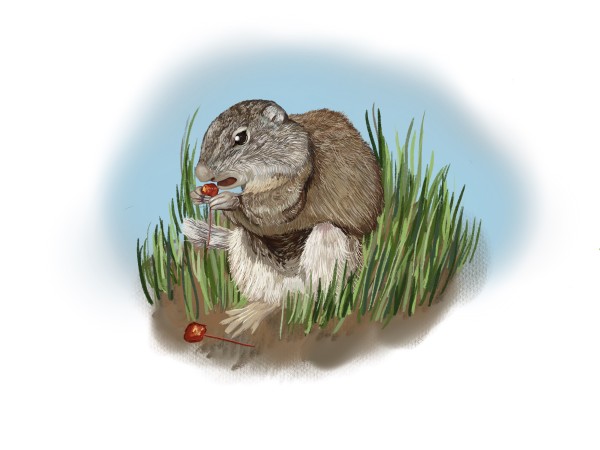
May 21, 2024
Researched, written, and illustrated by Bria Griffin, Junior Science Communicator Scurrying to and fro amidst the parkland ecosystems…
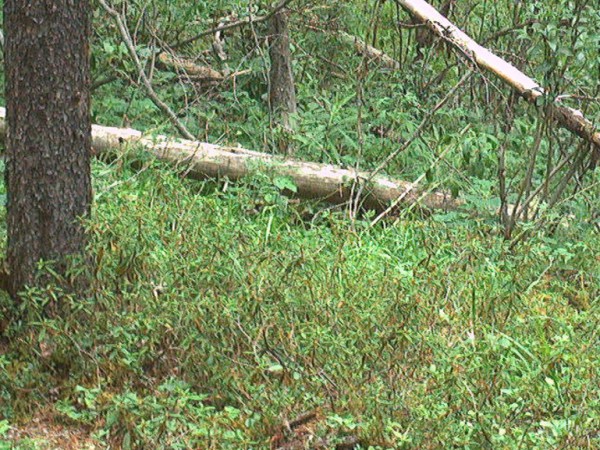
May 1, 2024
The stealthy killer. The elusive predator. The cat that can deliver a killing blow before even being seen….
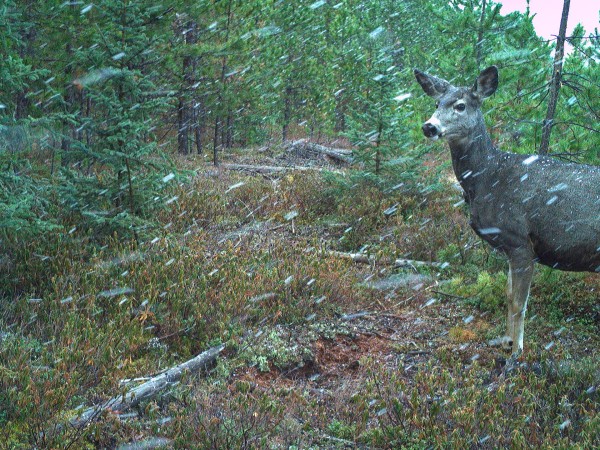
April 1, 2024
Mule deer take on winter by budgeting their energy — a meticulous balance of daily expenditure which allows them the best chance at survival over a long winter with very limited food.
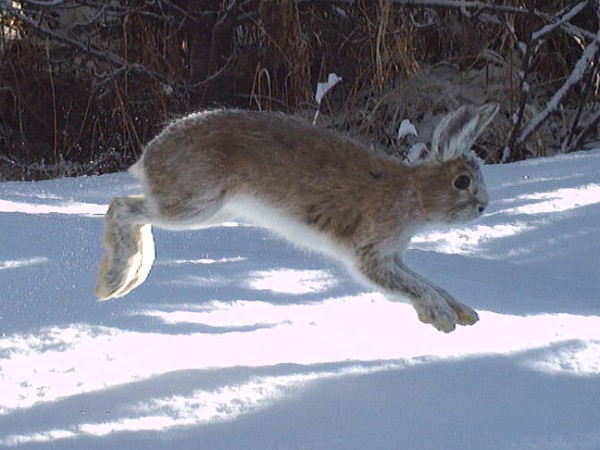
March 1, 2024
The snowshoe hare (Lepus americanus), characterized by its large “snowshoe like” hind feet is a master of disguise.
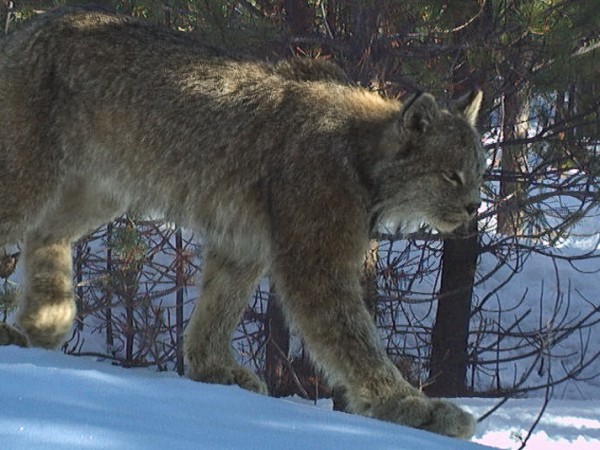
February 1, 2024
Canada lynx (Lynx canadensis) are specially adapted to walk on top of snow with their big, splaying, fur-covered feet that function as snowshoes. The advantage of these specialized feet in catching their preferred prey, the snowshoe hare (Lepus americanus), is debatable due to the snowshoe hare’s own similar adaptation for floating on the snow.